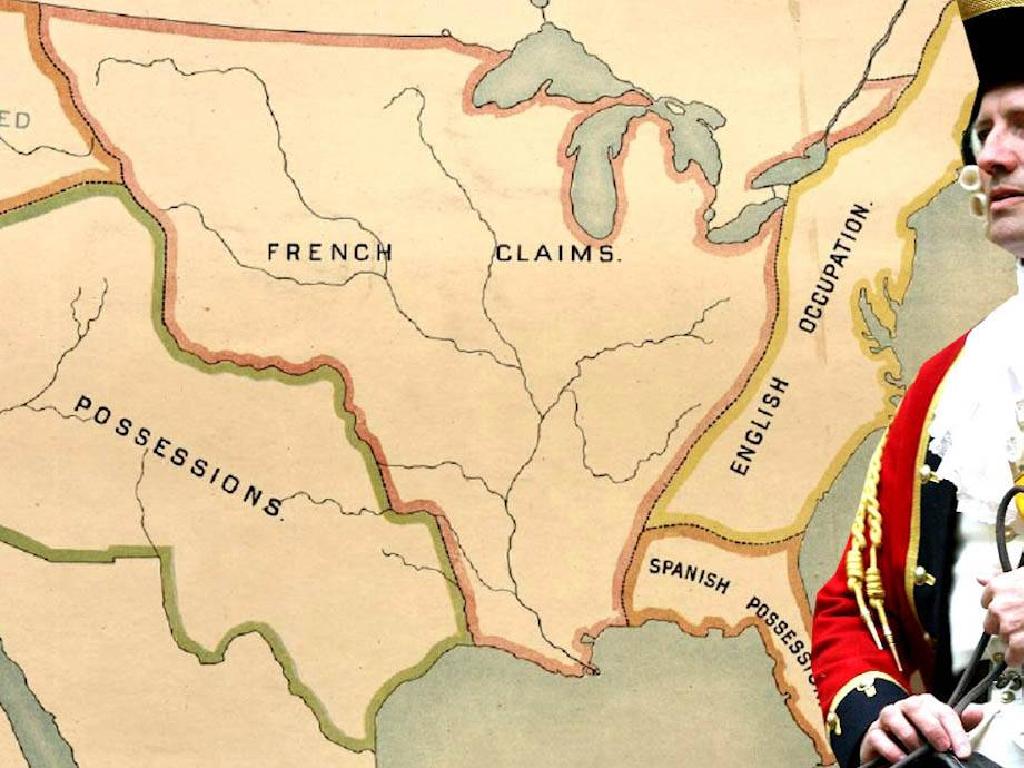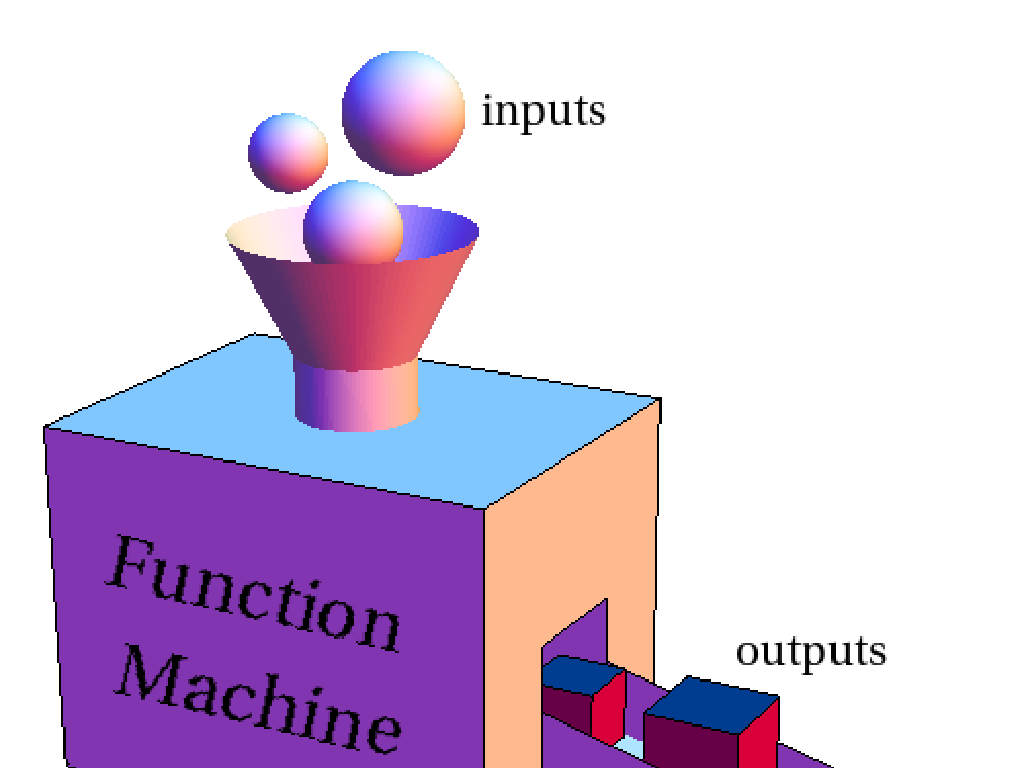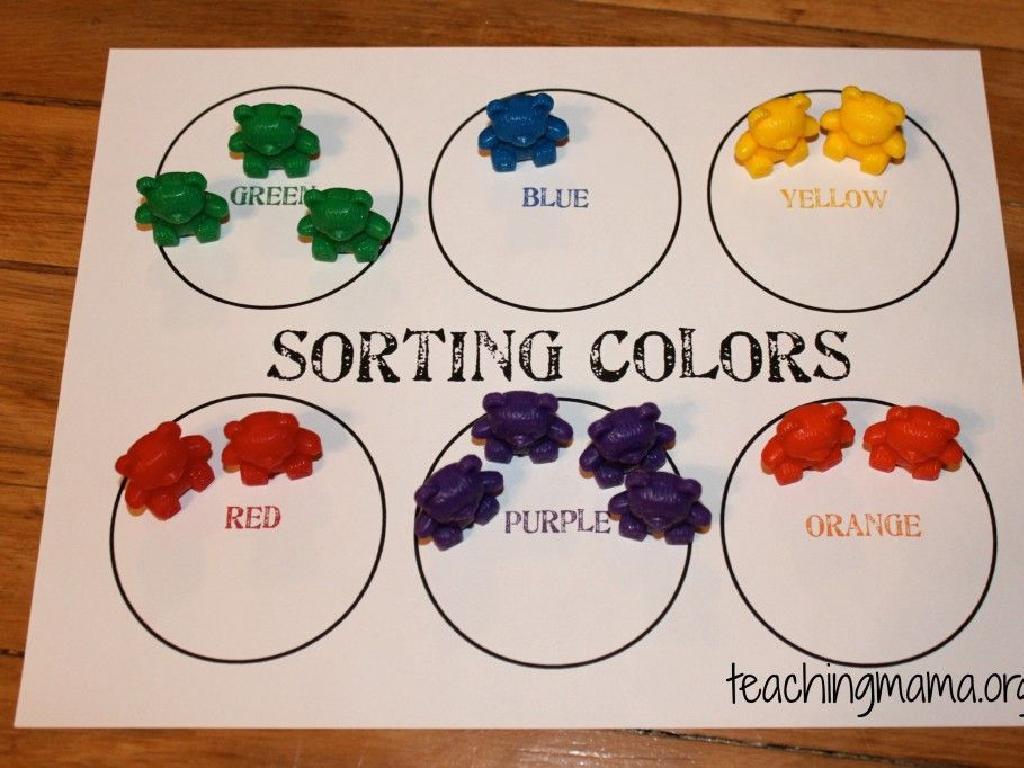The End Of Reconstruction And The Rise Of Jim Crow
Subject: Social studies
Grade: Eighth grade
Topic: Reconstruction
Please LOG IN to download the presentation. Access is available to registered users only.
View More Content
Introduction to Reconstruction
– Post-Civil War era overview
– A period of rebuilding after the Civil War, aiming to restore the South to the Union.
– Reconstruction’s goals and gains
– Aimed to protect rights of freed slaves, rebuild the South, and reintegrate Southern states.
– Obstacles during Reconstruction
– Faced resistance, racial violence, and political opposition from the South.
– Transition to Jim Crow laws
– Reconstruction efforts waned, leading to the establishment of segregationist Jim Crow laws.
|
This slide introduces students to the complex period of Reconstruction after the Civil War. Emphasize the dual nature of Reconstruction: its goals to protect the newly freed African Americans and rebuild the South, against the backdrop of significant resistance. Discuss the achievements, such as the 13th, 14th, and 15th Amendments, and the challenges, including the rise of the Ku Klux Klan and the eventual compromise that ended Reconstruction. Highlight the transition to the Jim Crow era as a pivotal moment that shaped racial relations in the United States for decades to come. Encourage students to reflect on the lasting impact of this era on modern American society.
The End of Reconstruction: A Turning Point
– Compromise of 1877’s role
– Ended Reconstruction, Rutherford B. Hayes became president, troops withdrawn
– Federal troops leave the South
– Troops’ departure marked end of federal oversight in Southern states
– African American rights affected
– Freedoms gained during Reconstruction were rolled back
– Shift to Jim Crow era
– Laws enforcing racial segregation began to emerge
|
This slide aims to explain the pivotal events that marked the end of the Reconstruction era. The Compromise of 1877 effectively ended the federal government’s efforts to reconstruct the South by withdrawing troops, which had significant implications for African American rights. With the troops gone, Southern states were able to enact laws that undid many of the advancements made during Reconstruction, leading to the establishment of the Jim Crow system of racial segregation. It’s crucial for students to understand how these events are interconnected and how they led to a regression in civil rights for African Americans. Discussions should focus on the political, social, and legal changes that occurred during this period and their long-term effects on American society.
The Rise of Jim Crow Laws
– Define ‘Jim Crow’
– Term for racial segregation laws after Reconstruction
– Jim Crow law examples
– Voting restrictions, separate public facilities
– Segregation’s societal impact
– Deepened racial divides, unequal opportunities
– Understanding Jim Crow’s legacy
– Recognize how these laws shaped current societal structures
|
This slide aims to introduce students to the concept of Jim Crow laws and their significance in American history. Begin with the definition and origin of the term ‘Jim Crow,’ which refers to the state and local laws enforcing racial segregation in the Southern United States. Provide concrete examples of these laws, such as literacy tests for voting and ‘separate but equal’ public facilities, to illustrate their pervasive nature. Discuss the profound effects these laws had on society, including the institutionalization of racial inequality and the creation of significant barriers to African American progress. Conclude by encouraging students to consider the long-term legacy of Jim Crow laws and how they have shaped contemporary social and racial dynamics. This discussion will help students understand the historical context of racial issues that continue to affect the United States.
Life Under Jim Crow Laws
– Segregation’s impact on daily life
– Segregated schools, transport, and public spaces were the norm.
– African American resistance and resilience
– Through churches, music, and boycotts, the community fought back.
– Supreme Court’s role in Jim Crow era
– Plessy v. Ferguson (1896) upheld ‘separate but equal’ doctrine, reinforcing segregation.
|
This slide aims to explore the harsh realities of life under the Jim Crow laws, which enforced racial segregation in the Southern United States after the end of Reconstruction. Emphasize how these laws affected the daily lives of African Americans, leading to separate and unequal facilities in education, transportation, and public spaces. Highlight the resilience of the African American community as they found ways to resist and survive through community-building and cultural expression. Discuss the pivotal role of the Supreme Court during this era, particularly the Plessy v. Ferguson case, which legally sanctioned segregation and had long-lasting effects on American society. Encourage students to reflect on the systemic challenges faced and the strength demonstrated by those who resisted these oppressive laws.
The Legacy of Reconstruction
– Impact on politics and society
– Reconstruction shaped modern U.S. governance and race relations.
– Civil rights struggle continues
– The fight for equality and justice is an enduring aspect of American history.
– Linking past to present issues
– Understanding Reconstruction helps explain current social and political climates.
|
This slide aims to encapsulate the enduring impact of the Reconstruction era on American politics and society. Emphasize how the policies and events of this period have continued to influence the governance and racial dynamics of the United States. Highlight the ongoing struggle for civil rights, drawing a line from the post-Civil War amendments to the present-day movements for equality and justice. Encourage students to make connections between the challenges faced during Reconstruction and those that are still relevant today, fostering a deeper understanding of how historical events shape contemporary issues.
Role-Play Activity: Life During Jim Crow
– Divide into small groups
– Role-play Jim Crow scenarios
– Each group acts out a daily life scene from the Jim Crow era
– Discuss feelings post-activity
– Share emotions felt during role-play
– Reflect on lessons learned
– What can we learn from these historical events?
|
This class activity is designed to help students empathize with the experiences of people who lived during the Jim Crow era. By dividing the class into small groups, each group can focus on a specific scenario that showcases the challenges and injustices faced under Jim Crow laws. Scenarios can include situations like attempting to vote, segregation in public spaces, or traveling. After the role-play, facilitate a discussion where students express how they felt during the activity, which can lead to a deeper understanding of the emotional impact of Jim Crow laws. Conclude with a reflection on the lessons this historical period teaches us about equality and justice. Possible scenarios for role-play: 1) A family trying to vote, 2) Segregation in schools, 3) Traveling on segregated public transport, 4) A day in the life of a sharecropper. This activity will help students connect emotionally with the material and foster a discussion about civil rights and social justice.






